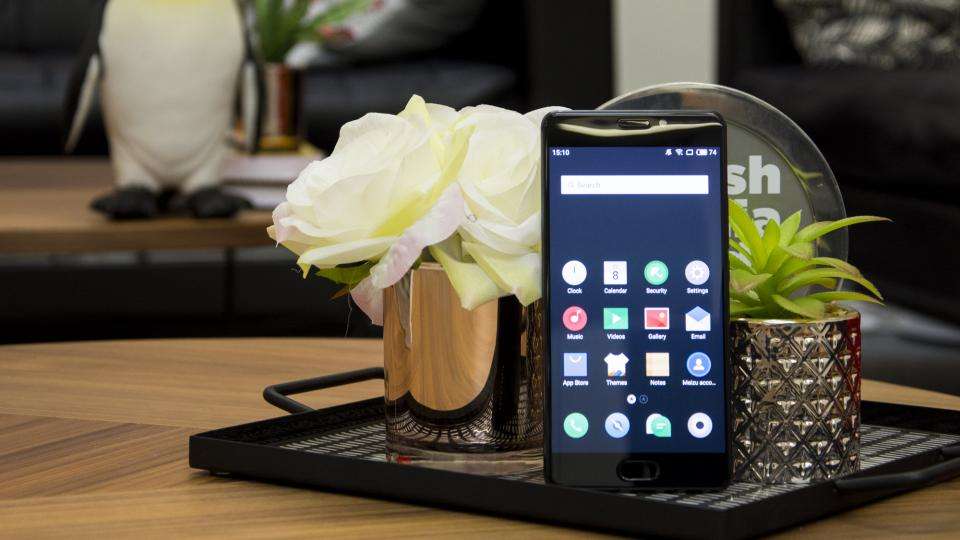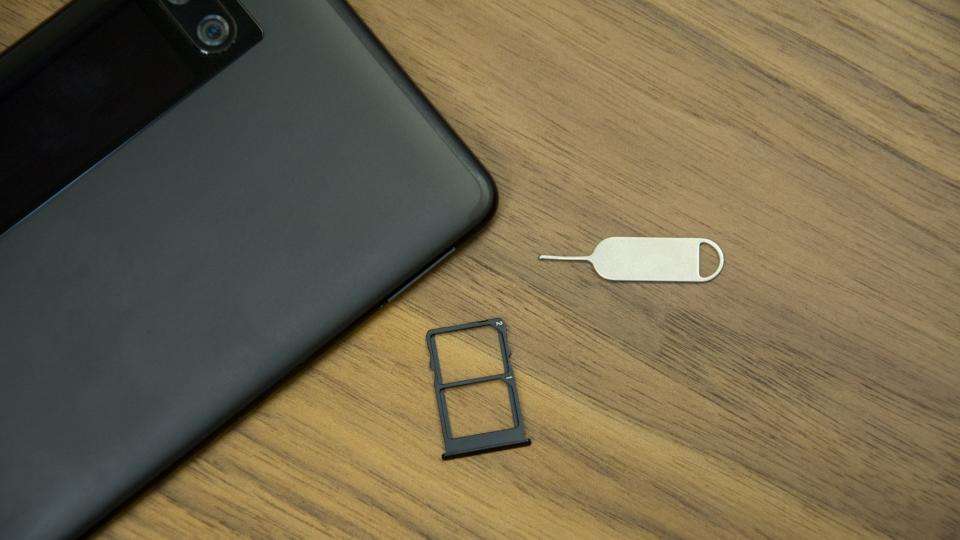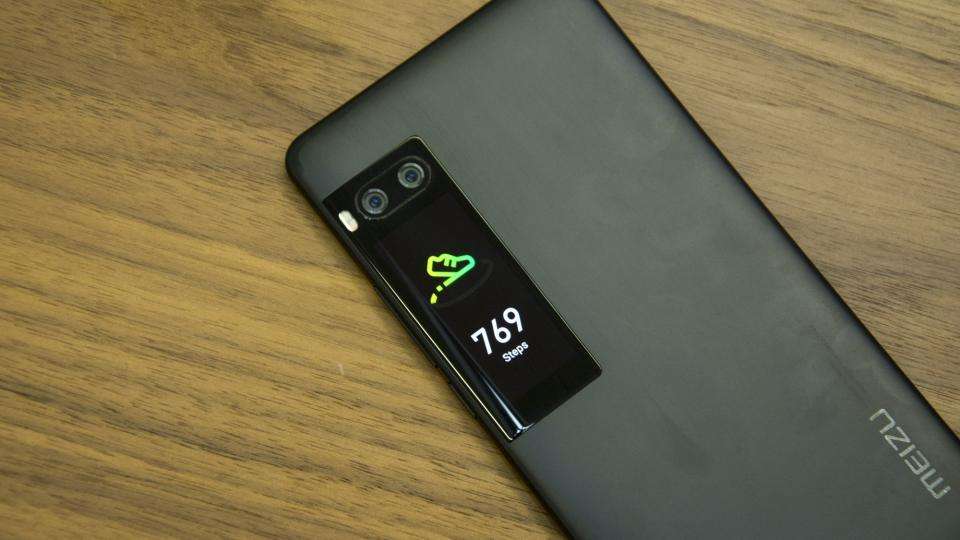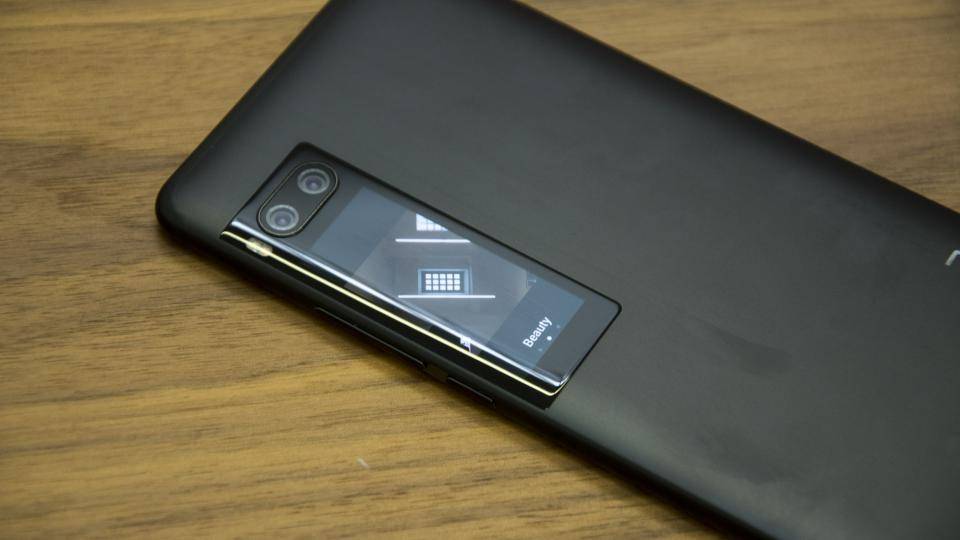It seems like every year, manufacturers update the internal specs and the operating system of their latest device, but there’s rarely any dramatic innovation or something to get excited about.
That’s not the case with the Meizu Pro 7 Plus, which features not one, but two full-colour displays screens: a regular sized one at the front and another, smaller, full-colour display at the back that, among other things, allows users to accurately frame selfies taken with the higher-quality rear camera.
READ NEXT: Best smartphone 2017: The TOP UK phones from Samsung, Apple, Google, OnePlus and more
Meizu Pro 7 Plus review: What you need to know
The Meizu Pro 7 Plus is a 5.7in smartphone that has two displays, a 1440p display around the front, and a secondary 2in AMOLED display at the rear. That secondary display allows you to quickly glance at the time, weather and notifications and even provides access to the rear-facing camera for full-resolution selfies.

At only £488 there’s not much to dislike from the Meizu Pro 7 Plus. It has a snappy performance, thanks to its ten-core Helio X30 processor and 6GB of RAM. It has an impressive front- and rear-facing camera, incredibly good audio reproduction, and great build quality.
Its only shortfall is finding one to buy in the UK. If you can source one, the Meizu Pro 7 Plus is arguably one of the best phones on the market.
READ NEXT: Best budget phones to buy in 2017
Meizu Pro 7 Plus review: Price and competition
At the time of writing, you’ll only find the Meizu Pro 7 Plus at Geekbuying.com for around £488 . If you’re having difficulty finding one, the smaller (and largely identical in its deca-core guise) 5.2in non-Plus variant is more widely available – from GearBest , AliExpress and Geekbuying.com – and it’s cheaper too, at around £350.
It’s also worth noting that the Meizu Pro 7 phones don’t support the 4G 800MHz (Band 20) and the 2G & 3G 900MHz (Band 8) frequencies, which are used by certain mobile operators in the UK . This, however, doesn’t cause a problem as it supports the 2G & 4G 1,800MHz (Band 3), 3G 2,100MHz (Band 1) and 4G 2600MHz (Band 7) frequencies, which are also used by UK operators.

As for competition, there aren’t any, really as no other phone has a dual-screen display like it. Nevertheless, there are a few phones you might want to consider as alternatives. For starters its predecessor, the Meizu Pro 6 Plus that now costs around £290 . Then, there’s the 18:9 Samsung Galaxy S8 Plus at around £640 , the regular S8 at around £550 , and the LG G6 at around £420 .
There’s also the incredible OnePlus 5 for around £450 , and the new Nokia 8 for around £500 .
READ NEXT: Meizu Pro 6 Plus review: A very likeable phablet
Meizu Pro 7 Plus review: Design and build quality
The first thing I noticed when I picked up the phone was its secondary display that Meizu rather pretentiously labels the “Fenêtre” (that’s French for window, in case you didn’t know). It measures 2in across the diagonal, has a resolution of 240 x 536 and it’s a full-colour AMOLED screen, activating automatically when the phone’s gyroscope detects motion.

Through it, you can view the time, weather, step counter and notifications, which you can navigate through by swiping left and right. That’s not all. By swiping up or down on the display, you can access a simplified camera app, and because the screen is full colour, it displays a preview too, so you can take and frame a selfie using the phone’s better-quality rear-facing camera.
It does have its limitations, though. You can only cycle through three camera modes: “Blur”, “Beauty” and “Original”. I’d like it to include the option to enable flash and jump straight into a video recording.

The phone’s design is splendid. With a slate black finish and rounded edges, the phone is comfortable to hold. A front-mounted fingerprint sensor doubles up as a home and back button.
On the left-hand side, there’s a dual nano-SIM tray. Unfortunately, there’s no expandable storage on top of the 64GB (or 128GB) of internal storage space, but you do get a regular headphone jack, which is located alongside the phone’s USB Type-C charger port and speaker grille on the bottom edge. One disappointment here is that the phone isn’t waterproof, water-resistant or dustproof.
READ NEXT: Samsung Galaxy S8 Plus review: Is Samsung's 6.2in monster worth the price jump?
Meizu Pro 7 Plus review: Display
The Pro 7’s main 5.7in display has a resolution of 1,440 x 2,560 and pixel density of 518ppi. That's sharp enough so you can’t see the pixels and since this is a Super AMOLED panel its contrast ratio and black level are simply stunning.
The Meizu Pro 7 Plus has four display modes to choose from: Adaptive, Standard, Photo and Dynamic. Tested with the i1 Display Pro calibrator, Standard mode equates the sRGB colour space, achieving 94% gamut coverage, with excellent colour accuracy. Photo mode aligns itself to the Adobe RGB colour space, with a 92% gamut coverage, and wasn’t quite as colour accurate, but still good.
I preferred to use the phone in Dynamic mode, as colours pop and are much more vibrant. This, however, negatively affects colour accuracy, and colours are noticeably off their intended target.
The one slight issue is peak brightness, since it’s an AMOLED panel. The Meizu Pro 7 Plus achieves 428cd/m 2 with the brightness slider adjusted all the way to the maximum level. This is bright enough to ensure readability in most conditions, but you might need to shield the screen on a really sunny day.
READ NEXT: Nokia 8 review: Nokia’s top-tier flagship gets an attractive UK price
Meizu Pro 7 Plus review: Software
The Meizu Pro 7 Plus runs on Android 7 Nougat with the company’s custom Flyme (version 6.1.2) overlay.
It runs smoothly, but there are several drawbacks from its custom overlay. For starters, there’s no way of accessing your recent apps – long-pressing on the home button locks the phone, while a double-tap opens the camera. Due to its lack of capacitive buttons, the phone’s multitasking capabilities do feel rather restrained.
Meizu doesn’t preinstall Google Apps – just Meizu’s own default selection of software, which includes a music, camera and email app among others you’d normally expect with a smartphone, and the Meizu App Store and Themes. By running the GMS Installer from the Meizu App Store, however, you can install all of Google’s Framework services: the Play store, Google Maps, Gmail and so on.
